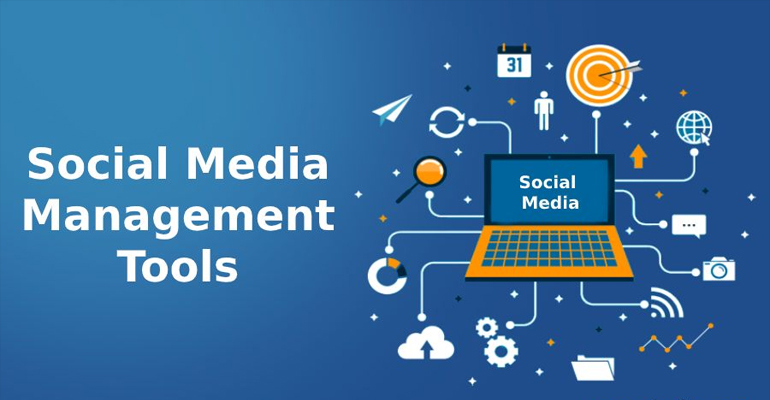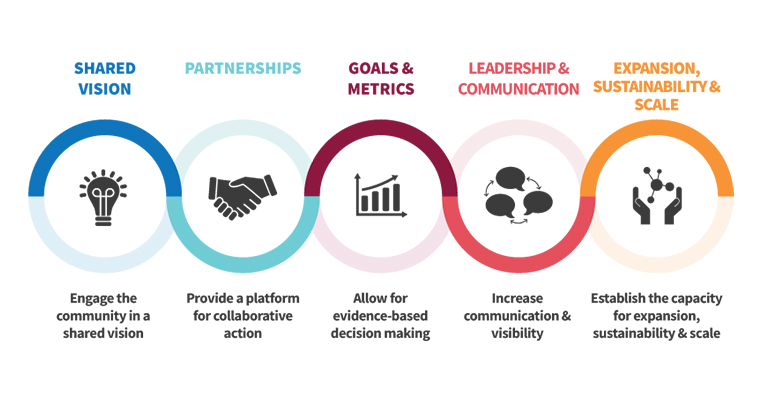In today’s fiercely competitive landscape, non-profit organizations are constantly grappling with the challenge of securing the essential resources needed to fulfill their missions and make a real difference. While traditional fundraising methods have their merits, they often function in isolation, leading to missed opportunities for connecting with potential donors and maximizing overall impact.
So, what’s the solution? It’s all about integrating marketing with fundraising. By developing a seamless strategy that combines these two critical functions, you can turn them into a dynamic powerhouse that drives growth and support. Imagine a fundraising approach that is not just about asking for money but is backed by a strong marketing campaign that tells your story, engages your audience, and builds lasting relationships. This integration transforms fundraising from a solitary effort into a synergistic engine that propels your mission forward with greater efficiency and impact.
Why Integrate Marketing & Fundraising?
Imagine a world where your efforts are seamlessly supported by a robust marketing strategy. Donors wouldn’t just be approached for donations; they’d be cultivated, engaged, and inspired. Here’s how this integration unlocks a world of possibilities:
Enhanced Brand Awareness
Marketing helps spread the word about your organization’s mission, values, and impact. The more people who are familiar with your work, the larger your pool of potential donors. By integrating marketing with fundraising, you ensure that your brand is consistently communicated across all channels, increasing recognition and trust.
Deeper Donor Relationships
Marketing allows you to build deeper connections with supporters. By sharing compelling stories, highlighting success stories, and showcasing the human impact of donations, you foster a sense of trust and loyalty. Fundraising becomes more than just asking for money; it’s about building long-term relationships that benefit both the donor and the organization.

Targeted Outreach
Marketing data empowers you to understand your donor demographics and tailor your fundraising appeals accordingly. This means more relevant messaging and ultimately, a greater return on investment. With integrated marketing and fundraising, you can create personalized campaigns that resonate with your audience, increasing the likelihood of donations.
Streamlined Communication
Integrated marketing and fundraising ensure consistent messaging across all channels. Donors experience a unified brand voice, strengthening their understanding of your cause and its importance. This cohesion helps in building a strong, recognizable brand that donors are more likely to support.
Putting Integration into Action
So, how do you translate this concept into actionable steps? Here are some key strategies to consider:
Craft a Compelling Narrative
Develop a clear and concise message that captures the essence of your organization’s work. This narrative should be woven into all marketing and fundraising materials. A strong story can be the cornerstone of your fundraising campaigns, engaging donors on an emotional level and compelling them to take action.
Content is King
Create engaging content (blogs, videos, social media posts) that showcases your impact and inspires action. Share success stories, highlight beneficiary experiences, and personalize your approach. Quality content not only attracts potential donors but also keeps existing supporters engaged and informed.

Embrace Social Media
Utilize social media platforms to connect with potential donors, spread awareness, and foster a sense of community. Run targeted campaigns, use relevant hashtags, and actively engage with your audience. Social media can be a powerful tool, allowing you to reach a broader audience and engage with them in real time.
Data-Driven Decisions
Leverage data insights from marketing campaigns to gain a deeper understanding of your donors and optimize your fundraising efforts. Use analytics to track the success of your campaigns and adjust your strategies accordingly. Data-driven decisions can significantly improve your fundraising outcomes, ensuring that your efforts are both efficient and effective.
Integrating Tools & Technologies
Technology plays a crucial role in streamlining integrated marketing and fundraising. Consider these tools:
Customer Relationship Management (CRM) Systems
CRMs allow you to track donor interactions, segment your audience, and personalize your outreach. A good CRM system can help you manage your donor relationships more effectively, ensuring that you never miss an opportunity to engage with a potential supporter.
Email Marketing Platforms
Send targeted email campaigns with compelling stories and clear calls to action. Email marketing is a cost-effective way to reach your donors, providing them with regular updates and opportunities to support your cause.
Social Media Management Tools
Schedule posts, analyze engagement metrics, and manage your social media presence more effectively. These tools can save you time and ensure that your social media efforts are consistent and strategic.

Building a Culture of Collaboration
Integration isn’t just about using the right tools; it’s about fostering a culture of collaboration. Encourage open communication between marketing and fundraising teams to ensure consistent messaging and a unified approach.
Breaking Down Silos
By breaking down silos and working together, you can create a powerful synergy that propels your fundraising efforts to new heights. Encourage regular meetings and collaborative projects between your marketing and fundraising teams to ensure that everyone is on the same page.
Cross-Training Staff
Consider cross-training your staff so that everyone has a basic understanding of both marketing and fundraising. This can help to create a more cohesive team and ensure that your strategies are fully integrated.
Shared Goals and Metrics
Establish shared goals and metrics for your marketing and fundraising teams. This ensures that everyone is working towards the same objectives and can help to foster a sense of unity and collaboration.

Real-World Examples of Success
Many organizations have successfully integrated their marketing efforts, resulting in increased donor engagement and higher fundraising totals. For instance, Charity: Water has effectively used storytelling and social media to connect with donors and raise millions of dollars for clean water projects.
Another example is Save the Children, which uses data-driven marketing strategies to tailor their fundraising appeals and reach a wider audience. By integrating their marketing and fundraising efforts, they have been able to significantly increase their impact.
Marketing and fundraising aren’t separate entities – they’re two sides of the same coin. By integrating these crucial functions, you unlock a world of possibilities: increased brand awareness, deeper donor relationships, and ultimately, a greater impact on your cause. So, embrace the power of integration and watch your fundraising efforts soar!



